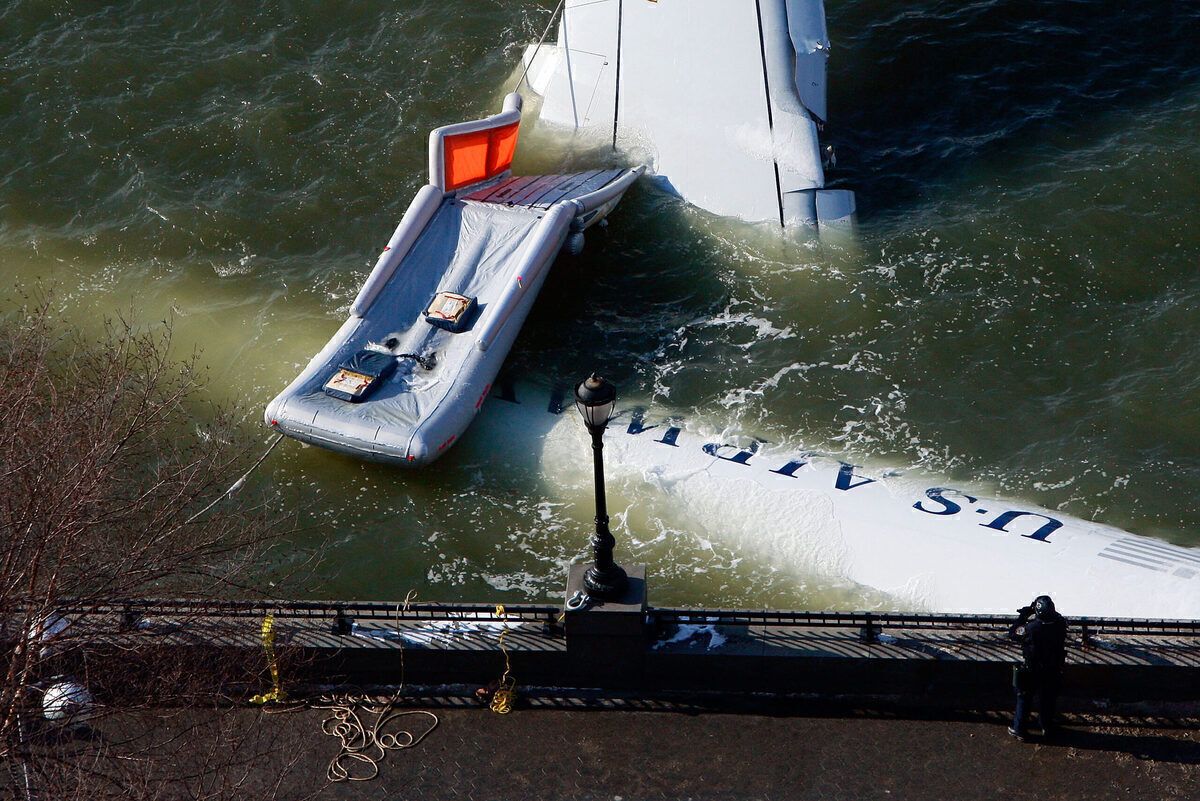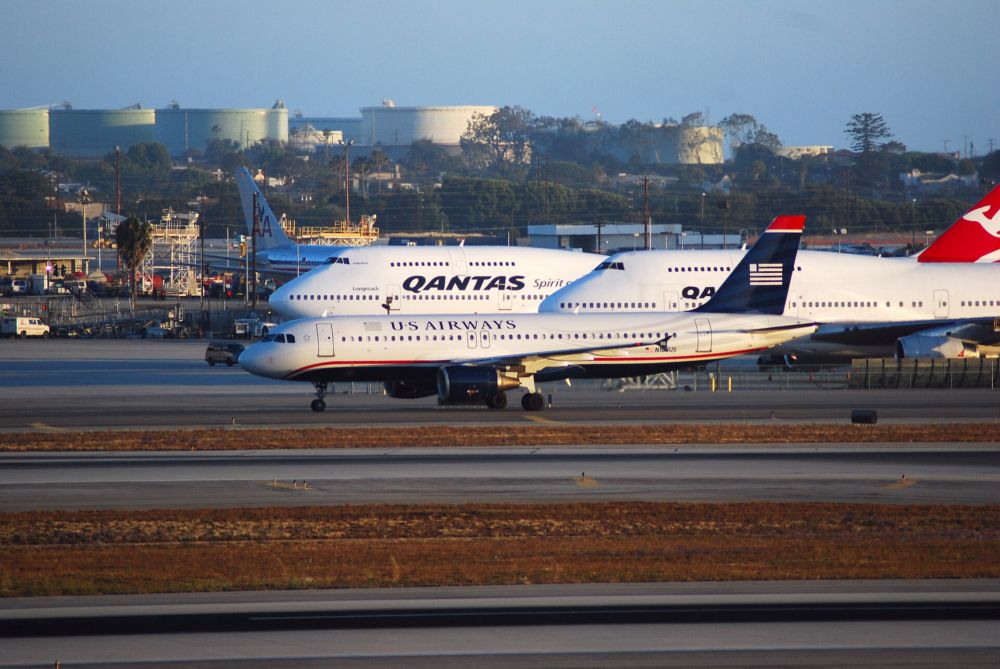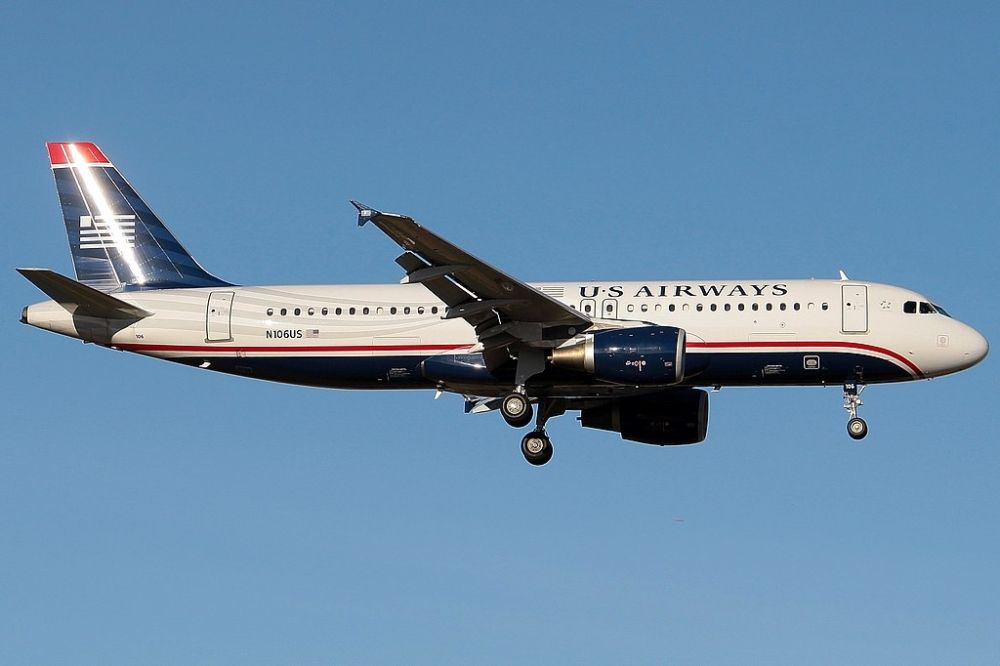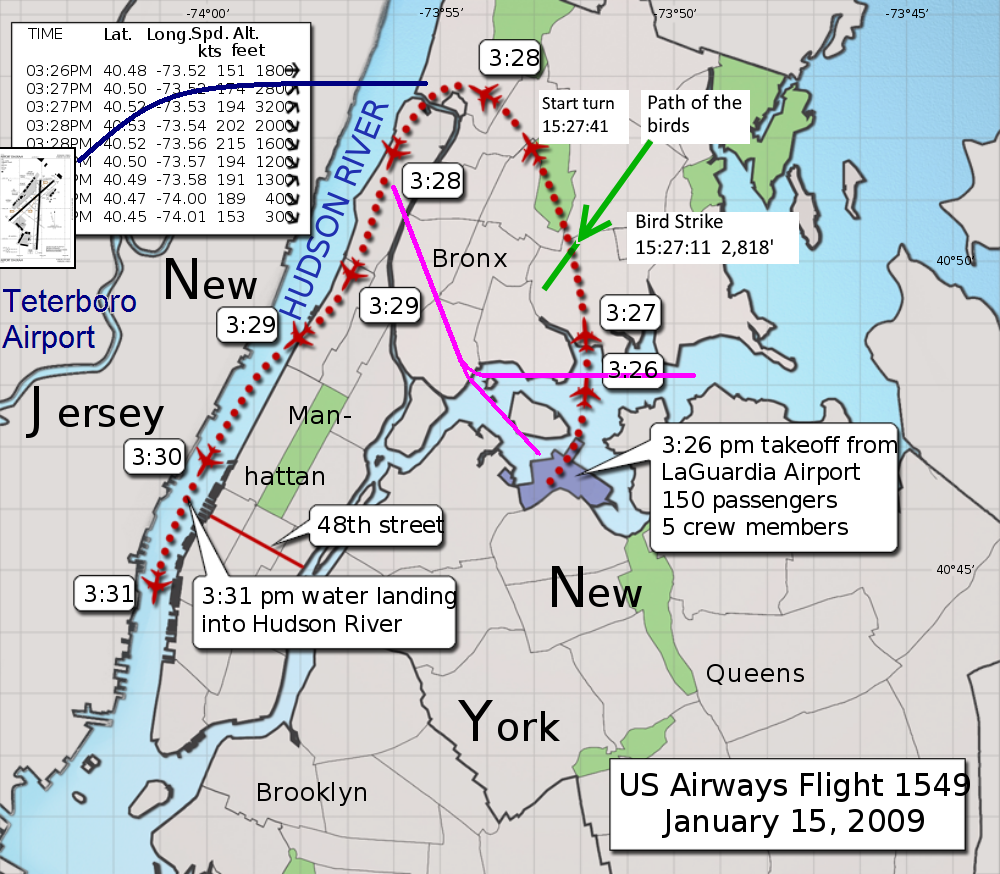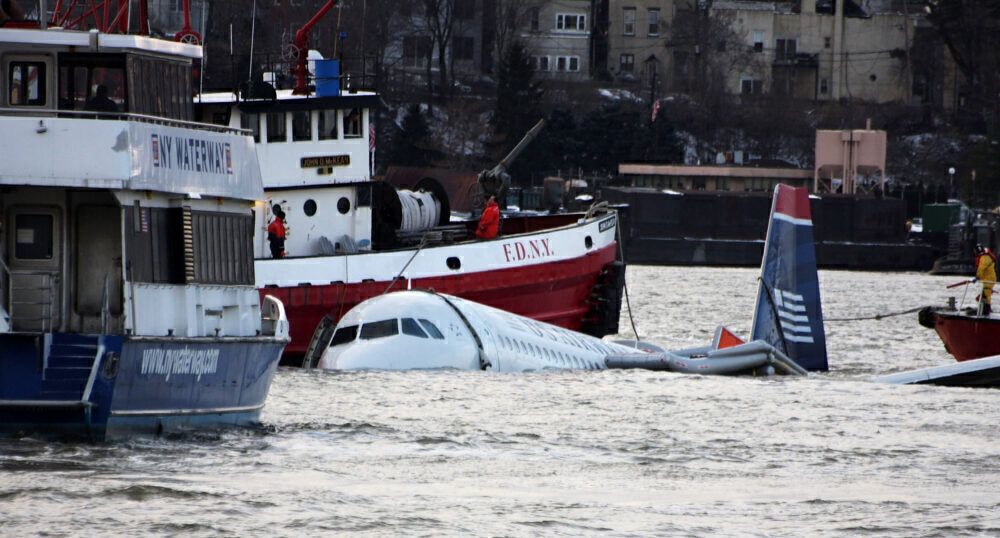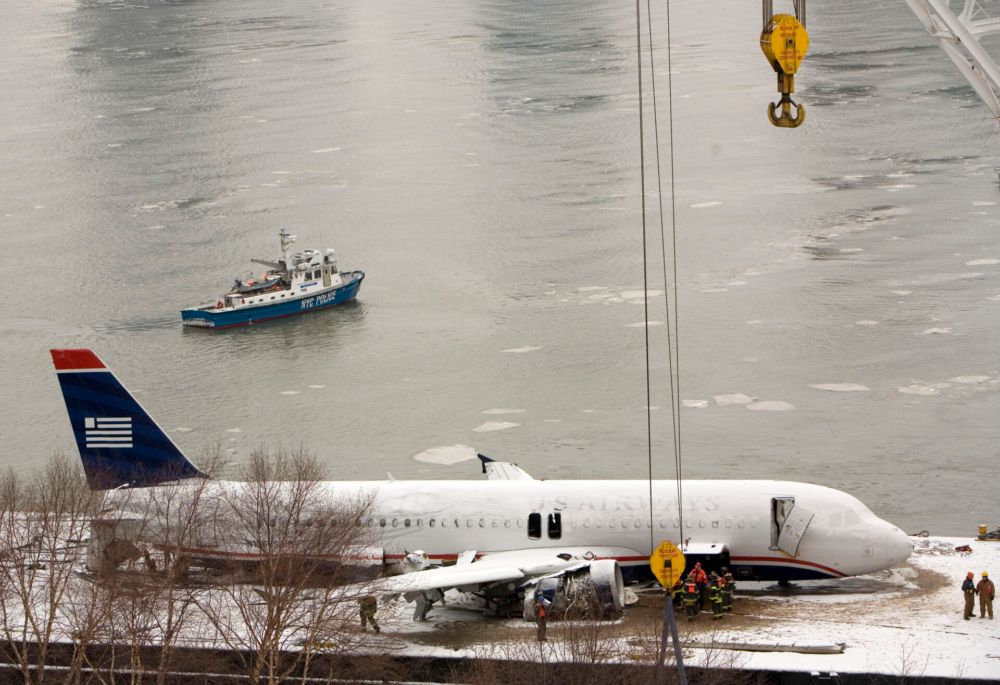Yesterday marked 13 years since the fatality-free ditching of US Airways flight 1549 in New York. The event, which has become known as the 'Miracle on the Hudson,' is one of aviation's most remarkable survival stories. Let's take a look back at the causes and aftermath of the incident, as well as the legacy on aviation and popular culture that it has left behind.
The flight and aircraft in question
US Airways flight 1549 was a regular scheduled service that originated at New York's LaGuardia Airport. Its first stopover was Charlotte Douglas International Airport, a key hub for the airline. Meanwhile, its final destination was Seattle-Tacoma International.
Today, American Airlines, into which US Airways was merged in 2015, continues to fly between LaGuardia and Charlotte, alongside Delta Air Lines' regional 'Connection' brand.
On January 15th, 2009, the aircraft rostered to operate this particular US domestic hop bore the registration N106US. The jet in question was an Airbus A320-200, which ch-aviation.com shows was 9.6 years old at the time. It first flew in June 1999, and was delivered to US Airways two months later. It was one of 83 A320s that the airline flew over the years.
There were three members of cabin crew onboard the flight on the afternoon of January 15th, 2009, looking after 150 passengers. In the cockpit, Captain Chesley Sullenberger and First Officer Jeffrey Skiles brought the total number of people onboard N106US to 155.
A large-scale bird strike
Under the command of Captain Sullenberger, US Airways flight 1549 took to the skies at around 15:25 on the afternoon of January 15th, 2009. However, despite having a long cross-country trip ahead of it, the A320 and its 155 occupants would come splashing back down to earth within minutes. This came about as a result of a bird strike shortly after departure.
Specifically, just after 15:27 local time, a large flock of Canada geese flew into the path of N106US. At this moment, it was climbing through 2,800 feet. Both of the A320's engines ingested the birds, prompting several loud bangs and then silence as they shut down. The failing turbofans also visibly emitted flames due to the bird strike.
Stay informed: Sign up for our daily and weekly aviation news digests.
The only option
Following the bird strike, the aircraft briefly continued to climb. It reached an altitude of just over 3,000 feet before beginning to glide downwards. Despite diligent assistance from air traffic control in talking through the various options for an emergency landing at the likes of LaGuardia and Teterboro, it soon became clear that there was only one option.
The lack of engine power and low altitude at which the bird strike took place meant that the flight was unable to reach either of these alternative airports. As such, the safest realistic option for Sullenberger and Skiles was to keep the gliding aircraft away from the city's buildings and their inhabitants by ditching the A320 in New York's Hudson River.
A successful water landing
Around four minutes after the initial bird strike, the stricken Airbus A320 made a water landing on the Hudson River. As seen on the map above, the aircraft had been following the path of this body of water for three minutes, and touched down just beyond 48th Street.
Ditching an aircraft carries significant risk, owing to the chance of the plane breaking up due to the impact. Even with the jet having come to a stop in the water in one piece, the drama was far from over. With the cold water of the Hudson River beginning to fill the aircraft, a prompt evacuation was imperative. Sullenberger gave the order for this himself.
Some of the most iconic images from the incident feature evacuated passengers gathered on the Airbus A320's wings. Others left the aircraft via its inflatable slides, which also functioned as life rafts for those onboard. Captain Sullenberger was the last person to leave the plane, having conducted multiple thorough checks of its water-filled cabin.
How New York came together
Despite the danger of the situation, all 155 of US Airways flight 1549's occupants survived its water landing on the Hudson River. There were 100 injuries among them, of which five were serious. Away from the crew's heroic piloting and swift evacuation, what also stands out is the speed of the response from those involved in the incident's rescue operation.
Having touched down in an area of the river with boats nearby, ferries began arriving on the scene to aid the flight's occupants within minutes. New York came together to bring the 155 survivors ashore, with the last of them being removed from the aircraft at 15:55 local time. This was just 24 minutes after N106US first touched down on the Hudson River.
After the incident
As Simple Flying explored in October 2021, the recovery process for the ditched aircraft was a complex, multi-stage affair. After being towed four miles (6.5 km) downstream, cranes lifted the plane ashore on January 18th, 2009. The wreckage of the A320 was largely intact, although its left-hand engine had come loose. Officials recovered this on January 23rd.
After two years in a New Jersey salvage yard, the Carolinas Aviation Museum purchased the remains of the aircraft for display in Charlotte. After years on show, they remain in storage for now, ahead of a move to a new location for the museum (set to open in 2023).
Meanwhile, the crew of the flight were rightly lauded as heroes for their respective roles in enabling a fatality-free ditching. Captain Sullenberger wrote a memoir on the incident known as Highest Duty, which formed the basis for the film Sully. Now working with ICAO, he remains a key aviation commentator and airline safety advocate today.
What do you make of the 'Miracle on the Hudson'? Do you have any particular memories of this incredible event? Let us know your thoughts in the comments.

